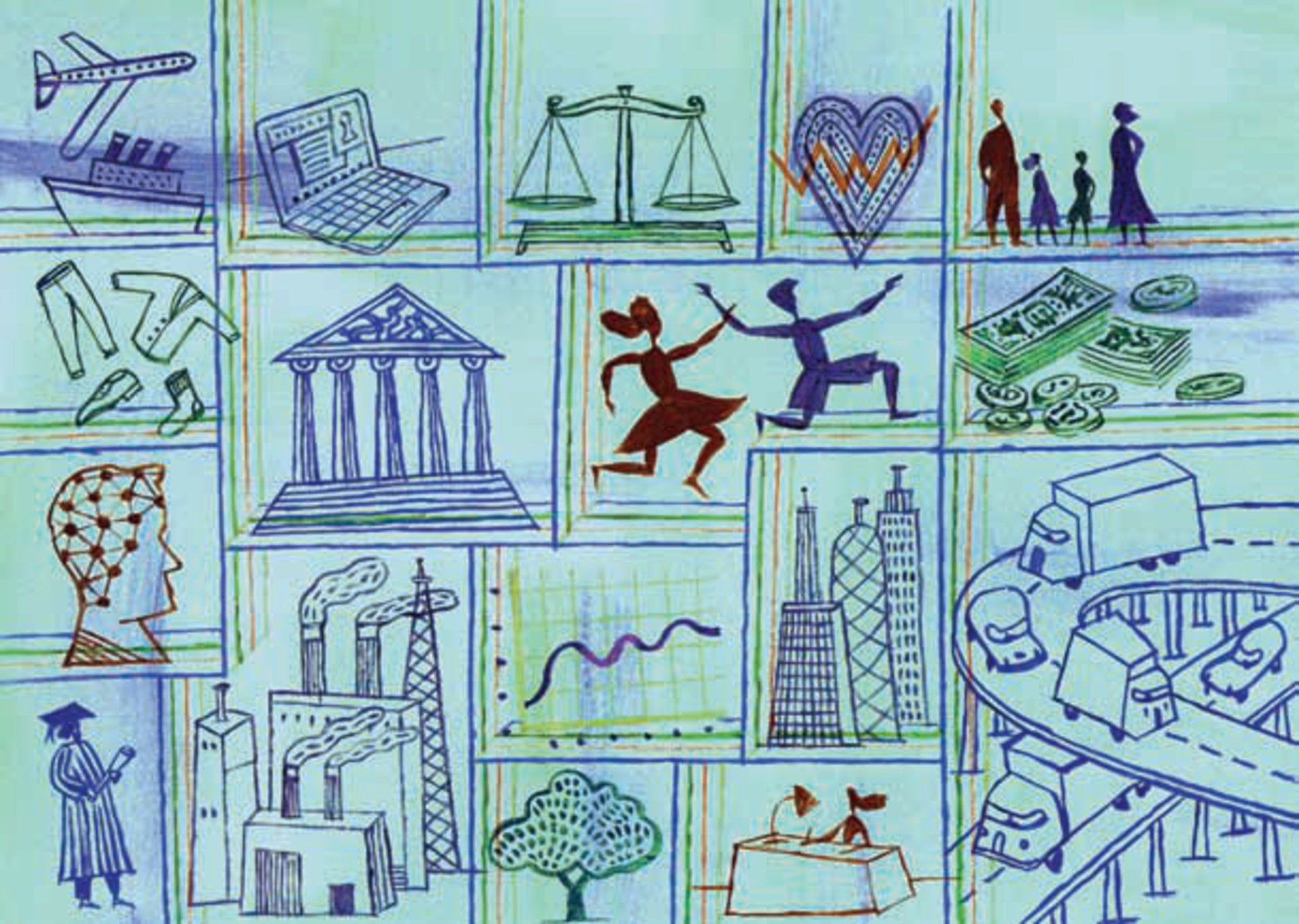Public expenditure can be classified by the economic nature of the transaction, for example payments of civil servants’ wages (employee compensation), financing subsidies, cash transfers such as pensions or unemployment benefits (social benefits), or the procurement of goods or services from the private sector that are used as inputs in the government production (intermediate consumption). This classification is ancillary to government expenditures by function, as it distinguishes broader categories of the government’s production function and its relationship with the economy.
According to this classification, in 2019, on average, social benefits represented 40.6% of all government expenditures among OECD countries. The highest levels are observed in Japan (55.1%), Germany (54.3%) and the Netherlands (49.7%) while the lowest were in Mexico (10.8%), Iceland (16.8%) and Israel (23%). Between 2007 and 2019 these transactions increased by 3.3 p.p. on average, with the greatest increase taking place in Korea (12.1 p.p.).
The second largest spending category is the compensation of employees, which amounted to 21.7% of total spending on average in 2019. Spending on employee compensation is highest in Iceland (32.7%) and Denmark (30.3%) and smallest in Colombia (16%) and Japan (13.9%). Between 2007 and 2019 this category fell by 0.5 p.p. on average. The most significant reductions were observed in Mexico (6.6 p.p), Australia (4.3 p.p) and Portugal (4.2 p.p.) while the largest increases took place in the Slovak Republic (3.8 p.p), the Czech Republic (3.7 p.p.) and Iceland (2.1 p.p.)
Among the 22 OECD-EU countries with available data, the share of spending on social benefits fell from 46.1% of total expenditure in 2019 to 45.5% in 2020. Compensation of public employees also fell during this period, from 21.7% to 20.5%. Such reductions, however, should be analysed carefully as other spending categories (i.e. subsidies and capital expenditures) increased significantly and added more to the increase of total spending. For example, subsidies to enterprises have been crucial in enabling economies to cope with the effects of the COVID-19 pandemic, and these have increased from 3.1% of total spending to 5.2%. Likewise, capital expenditures, including capital transfers and investments, increased from 8.5% to 9.2% of total spending (Table 2.29).
